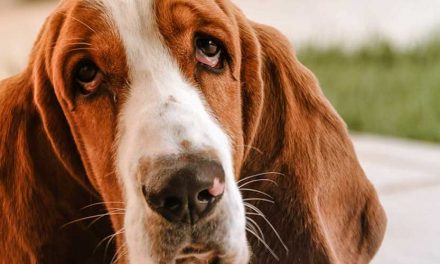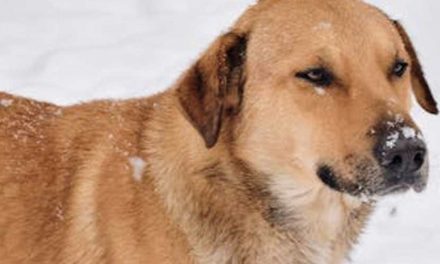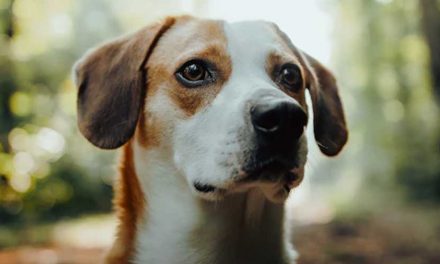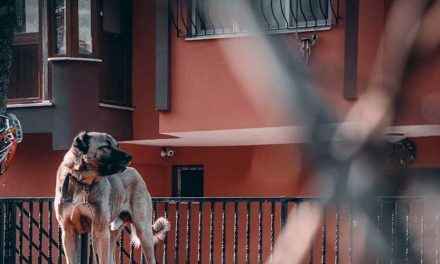The Transylvanian Hound, known as Transylvanian Hound or Transylvanian Hound Dog, is a unique and historic breed with roots tracing back to the medieval period in Hungary and Transylvania, an area now part of modern-day Romania.
Renowned for its striking appearance and impressive hunting capabilities, the Transylvanian Hound has earned its place as an esteemed companion and working dog.
Historical Background
The Transylvanian Hound is believed to have descended from ancient hound breeds, possibly brought to the region by migrating tribes and settlers.
It was primarily utilized for hunting game due to its keen sense of smell, stamina, and agility.
The breed gained popularity among noble families for its ability to track deer, boar, and other large game across the rugged terrain of Transylvania.
Despite its strong working roots, the Transylvanian Hound’s population began to decline in the 20th century due to the rise of modern hunting methods and the advent of new dog breeds.
However, dedicated breeders and enthusiasts have worked tirelessly to preserve and promote this breed, ensuring its survival for future generations.
Physical Characteristics
The Transylvanian Hound is easily recognizable due to its elegant and athletic build.
Here are some of its key physical traits:
Height:
Males typically stand between 24 to 28 inches, while females are slightly smaller, ranging from 22 to 26 inches at the shoulder.
Weight:
They usually weigh between 50 to 75 pounds, depending on gender and overall size.
Coat:
The breed has a short, dense coat that comes in a variety of colors, including black, tan, and sometimes a combination of both.
The coat is weather-resistant, making it suitable for outdoor activities.
Eyes:
They are known for their expressive eyes, which are typically dark and provide a keen, alert expression.
Temperament
As a breed, the Transylvanian Hound exhibits a blend of intelligence, loyalty, and independence.
While they are known for their hunting instincts, they also make loving family pets.
They are typically good with children and can get along well with other dogs, particularly if socialized from a young age.
Transylvanian Hounds are known to be quite vocal; they have a distinct bark that captures their hunting heritage.
This can be an asset for alerting their owners, but it may also require consistent training to manage in a home environment.
With proper socialization and training, they can adapt well to various living situations, whether in a rural or urban setting.
Care and Training
Caring for a Transylvanian Hound involves ensuring they receive sufficient exercise and mental stimulation.
As active dogs, they thrive on physical activity and require regular walks, playtime, and opportunities to explore.
This breed can excel in various dog sports, including agility and obedience, due to their intelligence and eagerness to please.
Training should be consistent, positive, and firm, as they can display a stubborn streak.
Early socialization is crucial to prevent any potential behavioral issues and to help them develop into well-rounded companions.
Conclusion
The Transylvanian Hound is a remarkable breed that combines a rich history with an impressive set of skills.
Whether as a working dog or a beloved family pet, they bring joy, loyalty, and companionship to those who welcome them into their homes.
Their unique appearance and charming personality make them a breed worth discovering for dog lovers seeking a spirited and devoted friend.
If you’re considering this breed, be prepared for an active lifestyle and the love of a truly noble canine companion.













